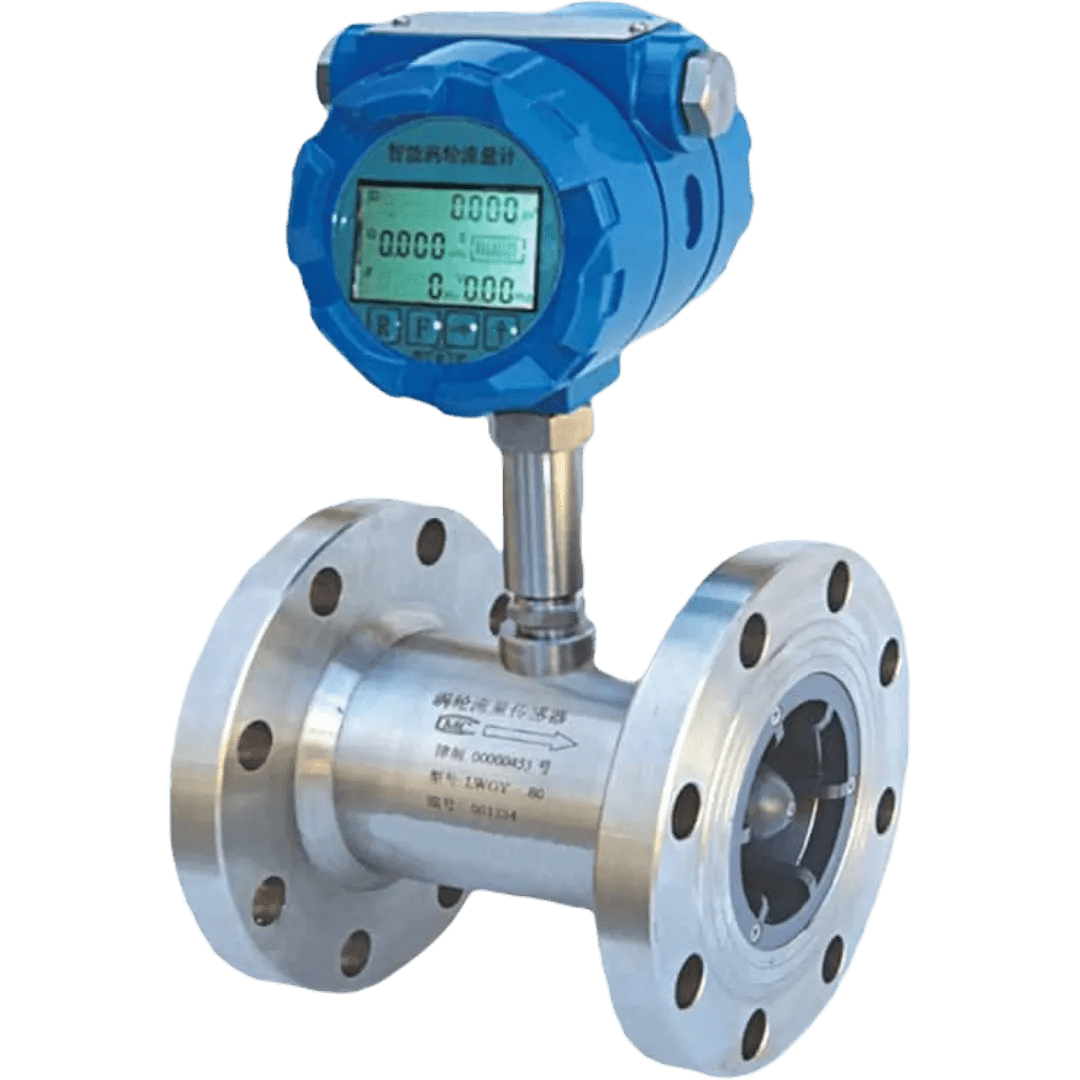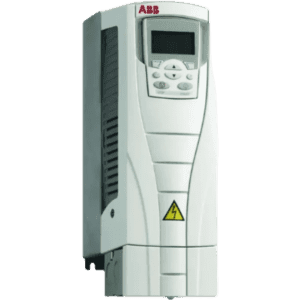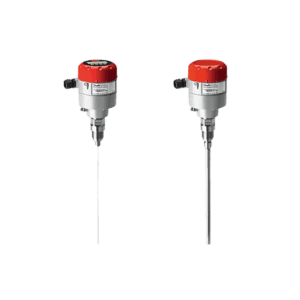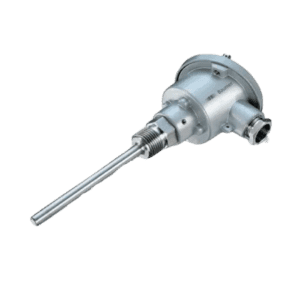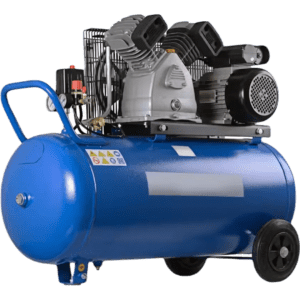Flow meters are essential devices that measure the rate of flow of liquids, gases, or steam within a pipe or open channel. They are used in numerous industries, including oil & gas, chemical, water treatment, and food processing, to monitor and control the flow of various media. Flow meters are available in different types, including electromagnetic, turbine, ultrasonic, and mechanical flow meters, each suited for specific applications. For instance, electromagnetic flow meters are ideal for conductive liquids, while ultrasonic meters are used for non-intrusive flow measurement in larger pipes. These meters can be either digital or analog, and they are often equipped with real-time monitoring capabilities. Regular calibration and maintenance, such as checking the sensor and cleaning components, are crucial for ensuring accurate measurements and long-term reliability.
Key Features:
- Accurate Flow Measurement: Provides precise flow rate readings for liquids, gases, or steam.
- Variety of Technologies: Includes electromagnetic, turbine, ultrasonic, and mechanical meters.
- Wide Range of Applications: Used across various industries, from oil and gas to food and beverage.
- Real-Time Monitoring: Some models offer digital interfaces for live flow data monitoring.
Types and Standards:
- Electromagnetic Flow Meters: Best for conductive liquids such as water and chemicals.
- Turbine Flow Meters: Ideal for clean, low-viscosity liquids.
- Ultrasonic Flow Meters: Non-intrusive and used for high flow rates.
- **ISO 9001, API 6A: Standards for flow measurement accuracy and reliability.
Brands Available:
Emerson, Endress+Hauser, Yokogawa, Siemens, Brooks Instruments.
General Maintenance:
Check for sensor calibration and replace worn seals. Clean or replace filters as needed. Regularly inspect the flow meter for any physical damage, and verify electrical connections and power sources.

